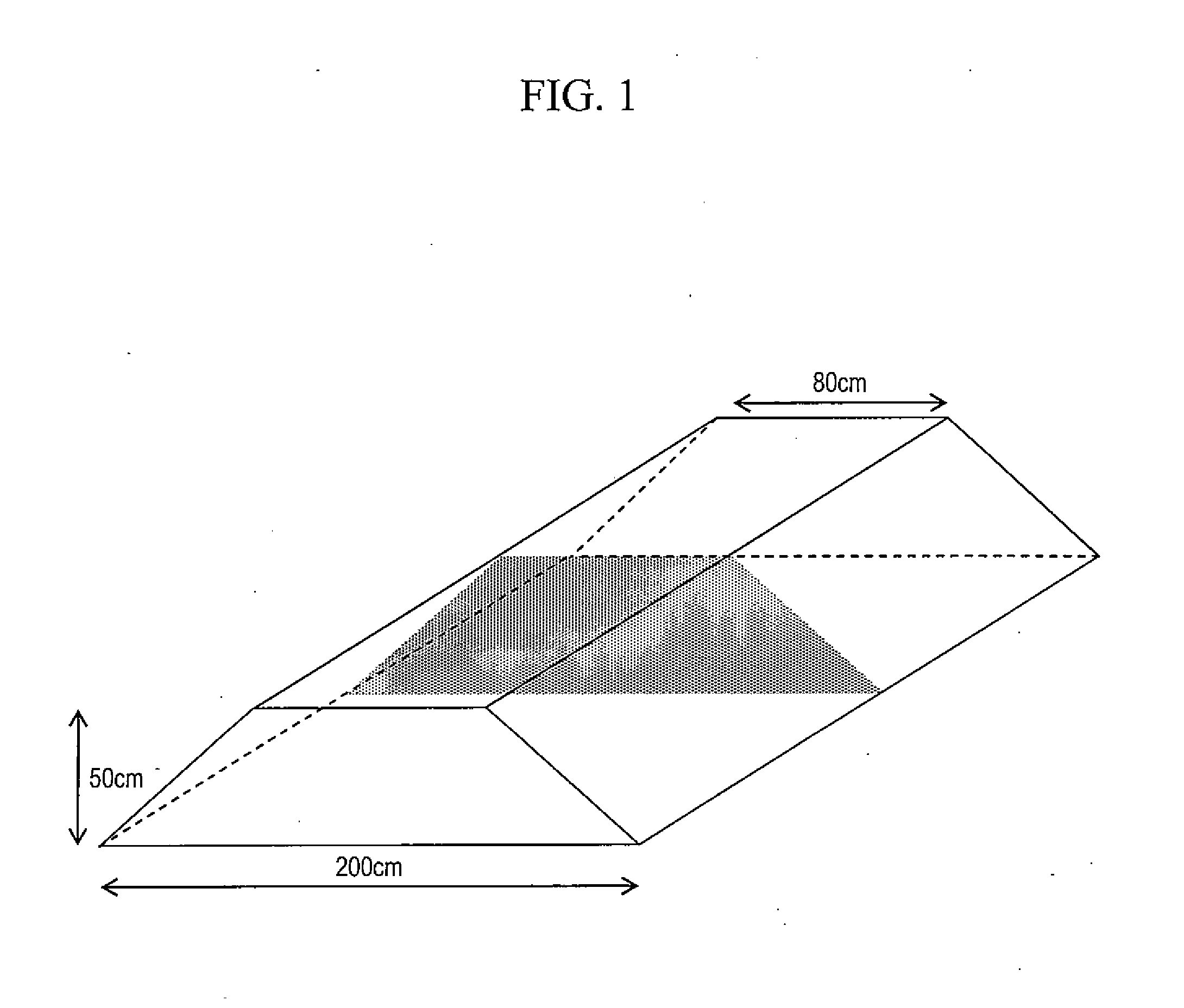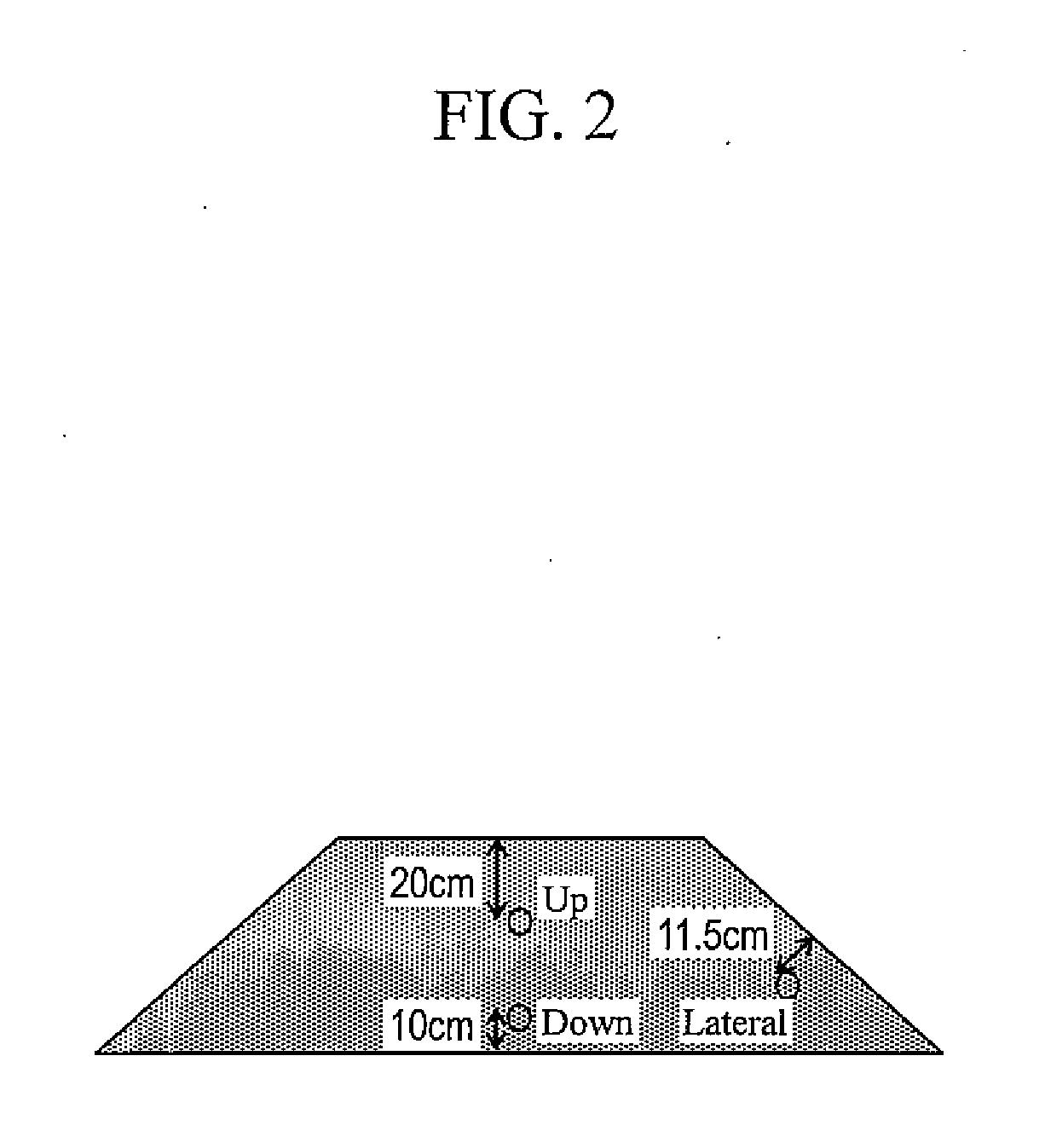Method for sterilizing domestic animal litter by microorganism
- Summary
- Abstract
- Description
- Claims
- Application Information
AI Technical Summary
Benefits of technology
Problems solved by technology
Method used
Image
Examples
example 1
[0103]1. Separation and Identification of Microorganism
[0104]Beddings sampled in Japan were each suspended and diluted with sterilized water. The diluted solution was smeared onto a standard agar medium or a CYC agar medium (ATCC medium 2591) and cultured at 50° C. or 60° C. to form colonies. A colony was isolated, purified and identified based on homology of the 16S rRNA gene sequence.
[0105]2. Screening Based on Ammonia Resistance
[0106]The bacterial strain cultured, separated and identified was suspended and diluted with sterilized water, and added dropwise to TS medium containing an ammonium salt and a high ammonium salt medium. The bacterial microorganisms were cultured at 50° C. for about 12 hours. Microorganisms were selected based on the size of colony in the TS medium containing an ammonium salt and the high ammonium salt medium. A Bacillus licheniformis group and a Bacillus coagulans group were selected by this method of selecting a microorganism having resistance to ammonia...
example 2
[0113]1. Confirmation of Temperature of Fermentation Using Defatted Soybean
[0114]Sporulated Bacillus subtilis C-3102 strain (FERM BP-1096) and sporulated Bacillus coagulans CP3425 strain were separately suspended in water and mixed with defatted soybean (500 g). Each of the mixtures was filled in a foamed polystyrene container and cultured. The temperature change at the center portion in the container was measured for 3 days. The heat capacity was obtained by measuring a temperature at the center portion in the foamed polystyrene container and was calculated by Formula 1 (Table 3).
TABLE 3Heat capacity (relative value to C-3102strain alone as 100)Relative heat capacityC-3102 strain100CP3425 strain2585
PUM
 Login to View More
Login to View More Abstract
Description
Claims
Application Information
 Login to View More
Login to View More - R&D
- Intellectual Property
- Life Sciences
- Materials
- Tech Scout
- Unparalleled Data Quality
- Higher Quality Content
- 60% Fewer Hallucinations
Browse by: Latest US Patents, China's latest patents, Technical Efficacy Thesaurus, Application Domain, Technology Topic, Popular Technical Reports.
© 2025 PatSnap. All rights reserved.Legal|Privacy policy|Modern Slavery Act Transparency Statement|Sitemap|About US| Contact US: help@patsnap.com



